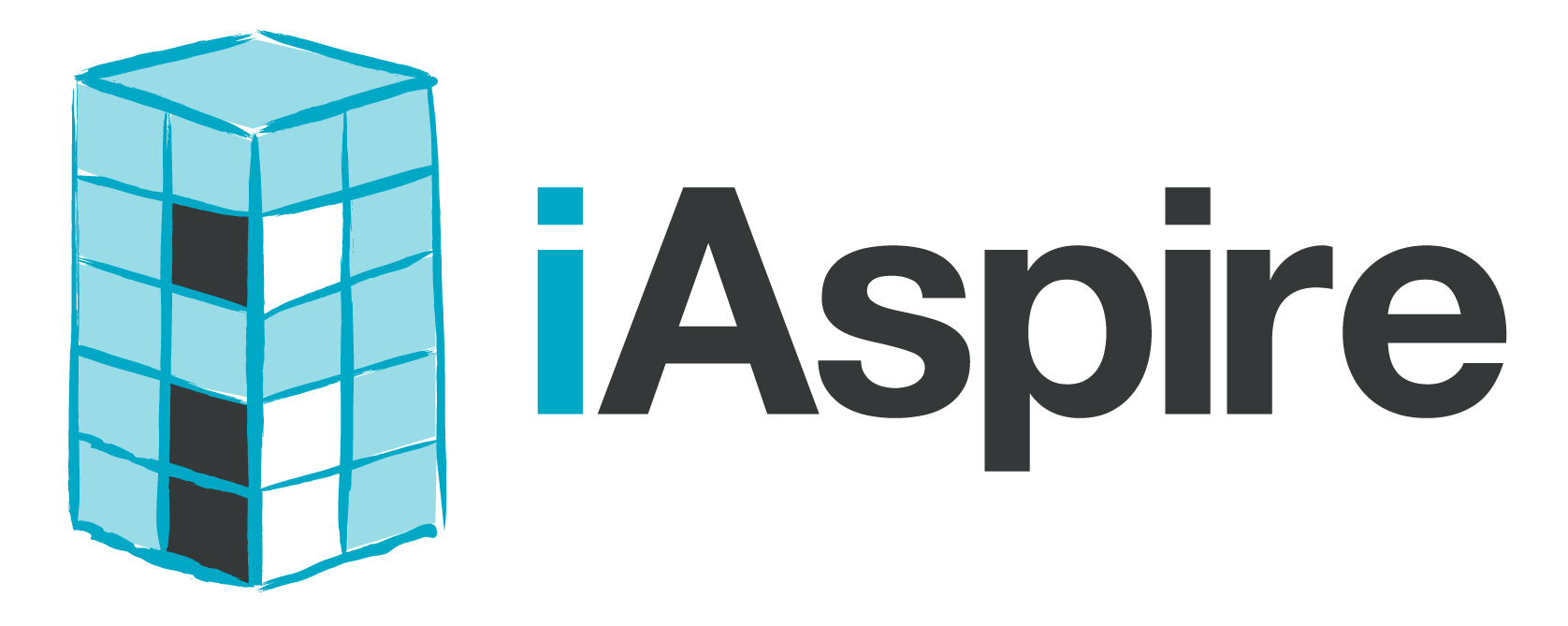Impacts and Trends from the 19-20 School Year (so far) | Part 2 - Strengths
In part 1 of the this blog series, we discussed the process-related impacts of the new version of iAspire that have been made so far this school year. As a quick reminder, the number of classroom visits increased by about 21%!
This week we’ll dig into which teacher evaluation framework indicators are most often marked as a strength.
As principals and other observers visit classrooms to provide feedback, they are able to explicitly identify strengths and growth opportunities. The iAspire system is intelligent enough to compile the results of these identified strengths and growth opportunities regardless of the names of each organization’s teacher evaluation framework.
For example, in the Danielson Framework for Teaching evaluation model, the indicator 3.a.i is “Expectations for learning”. In the Marzano Teacher Evaluation Model has a similar concept in 1.dq1.1 - ”Providing clear learning goals and scales (rubrics)”. The Stronge Effectiveness Performance Evaluation System, McRel Teacher Evaluation Instrument, and even individual state models may have similar indicators. The iAspire Intelligent Assistant is contextually aware of the relationships among these teacher evaluation frameworks concepts and makes these data connections.
These connections allow for an understanding of the global strengths for all teachers being observed with iAspire. The following indicators are most frequently marked as a strength when providing feedback in iAspire; your framework may name it something slightly different, or you may not have any indicators related to these.
Top Strength Indicators from teacher evaluation frameworks:
DOMAIN: Learning Environment
SUBDOMAIN: Classroom Management
Rules and Routines - The teacher has setup classroom rules and routines that lead to an efficient classroom and student ownership. Students follow these rules and routines and allow the teacher to focus on instruction instead of classroom management.
Physical Environment - The classroom is organized and efficient. The classroom is a safe place, and the physical arrangement is appropriate to the learning activities.
SUBDOMAIN: Classroom Culture
Teacher Interactions - The teacher is respectful with students in words and actions. The teacher celebrates student achievements and promotes respectful interactions and effort.
SUBDOMAIN: Student Behavior Expectations
Response to Behavior - The teacher responds to student behavior appropriately. The teacher acknowledges adherence to rules and procedures and applies appropriate consequences when needed.
Behavior Monitoring - The teacher monitors student behavior. This monitoring leads to a true understanding of behaviors and their antecedents.
DOMAIN: Instruction
SUBDOMAIN: Communication
Lesson Objective/Purpose - The lesson objective was clear, concise, and understandable. The teacher communicated the lesson objective so students could understand the purpose and importance of the lesson. Success criteria was shared with students so they know what success looks like.
What does this data tell us? There are great things happening in classrooms across the world! In particular, teachers being observed in iAspire have strengths in their abilities to set rules and routines and setup the physical environment in their classroom. Teachers are respectful to their students and treat their students with dignity when there is inappropriate behavior. These teachers also create lesson plans with clear purpose and are able to communicate this purpose to their students.
